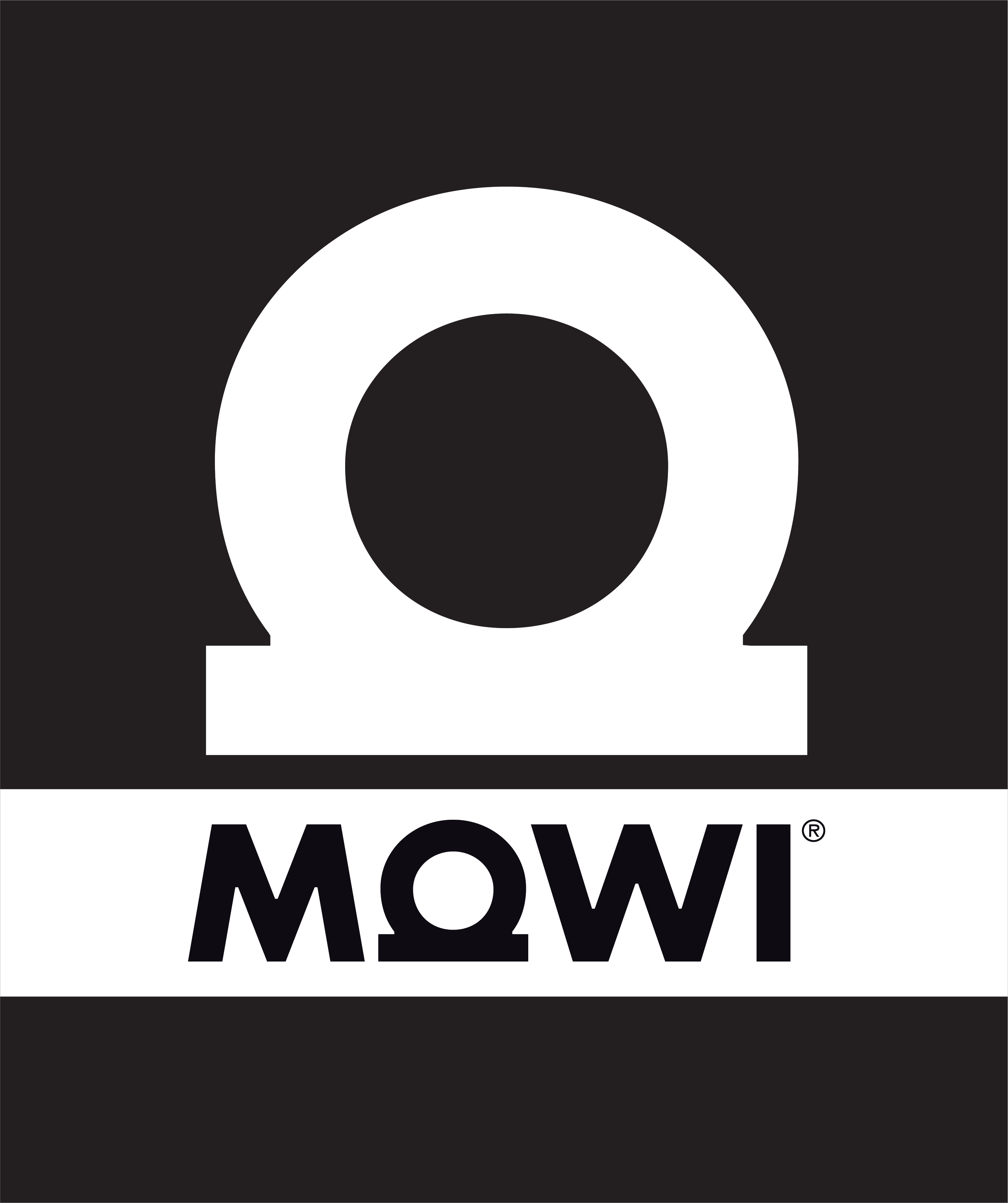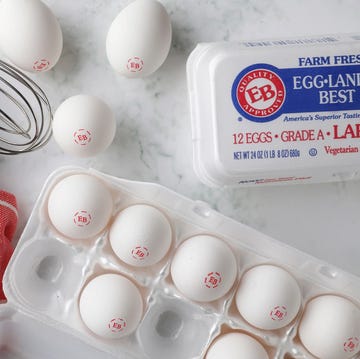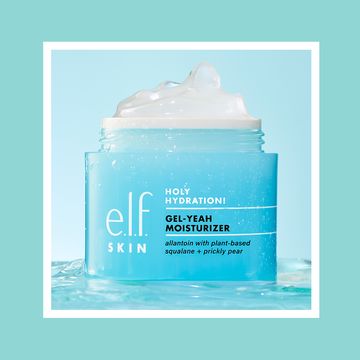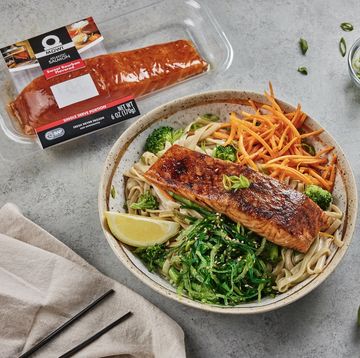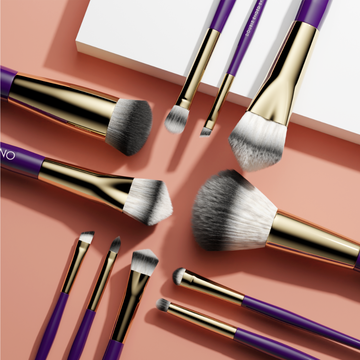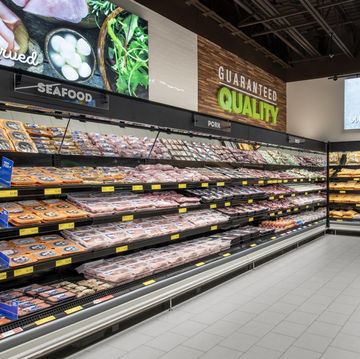If you’ve heard the term terroir before, it’s probably been in relation to wine and how environmental factors like soil, topography and climate influence the taste of the beverage. But terroir applies to way more than wine — all foods that are impacted by the climate in which they’re grown have terroir. Think produce, grass-fed meat, and, yes, even salmon — both wild and farm raised. So let’s talk about how where in the world Atlantic salmon is farmed influences its taste, texture, color and more. But first, a little background on Atlantic salmon.
This particular species of the fish swims throughout the Atlantic Ocean, originating in Norway and thriving in the body’s cool northern waters of Europe, Canada and the northeastern coast of the United States. It’s prized for its mild, versatile flavor and almost marbled texture, which lend the fish to culinary applications from grilling to enjoying raw. Plus, it’s a good source of omega-3 fatty acids, the antioxidant selenium, vitamin D and protein.
In the U.S., overfishing led to a ban on fish for wild Atlantic salmon that’s been in place since the mid-20th century, so the filets we consume today are all farm-raised. But not all salmon farms are created equal — you’ll want to get your fish from one that practices responsible aquaculture, like MOWI, a pioneer in farmed Atlantic salmon that supplies one-fifth of all global demand for the fish and has earned the Good Housekeeping Seal.
MOWI has been working to develop its own unique breed for more than 60 years. That has meant thoughtful raising and processing to prioritize the welfare and life quality of the fish, as well as even higher concentrations of omega-3s and better-quality taste and texture. At its seven farming regions around the world, MOWI prides itself on working with nature, which gives its fish from each of these areas its own terroir, or characteristics imparted by the environment.
Here’s a peek at each of Mowi’s hubs and how the different origins impact qualities of the fish:
Norway: The farms in this cold region are tailored to the area’s powerful waters and produce delicious salmon. These conditions lend the fish a deep pink color, a delicate flavor and large flakes when cooked.
Iceland: Few fish farms exist here due to the intense currents, but MOWI has mastered a technique to raise its distinctive breed of Atlantic salmon. The resulting fish has a pale pink hue and a buttery taste with a hint of sweetness.
Scotland: Careful husbandry and management practices for the calmer waters of this region keep the fish healthy. Chefs love this salmon for its vibrant color, delicate flavor and buttery texture.
Canada: These outposts work in tandem with First Nations communities to create a sustainable practice. The Atlantic salmon here, raised in slightly agitated waters, is known for its heftier feel and toothsome bite.
Ireland: Habitat protection is key for farming in this country. The MOWI team partners with marine and fishing experts to create the best environment for the fish, one of the leanest varieties.
Chile: The waters here are known for their slightly higher temperatures, between 50 and 60 degrees Fahrenheit, and very calm currents. Even though they aren’t native to it, Atlantic salmon thrive in this environment, and the fish from here tend to be light in hue and firm in texture.
Faroe Islands: Ten thousand tons of MOWI’s Atlantic salmon come from the intense currents of this small but mighty archipelago southwest of Iceland. Their strong flavor, clean color and dense flake are highly revered.
